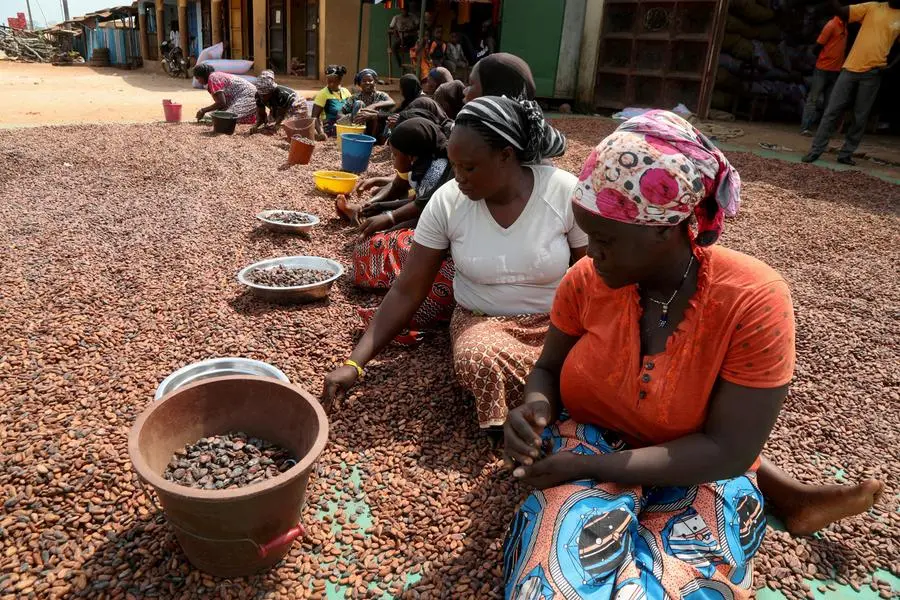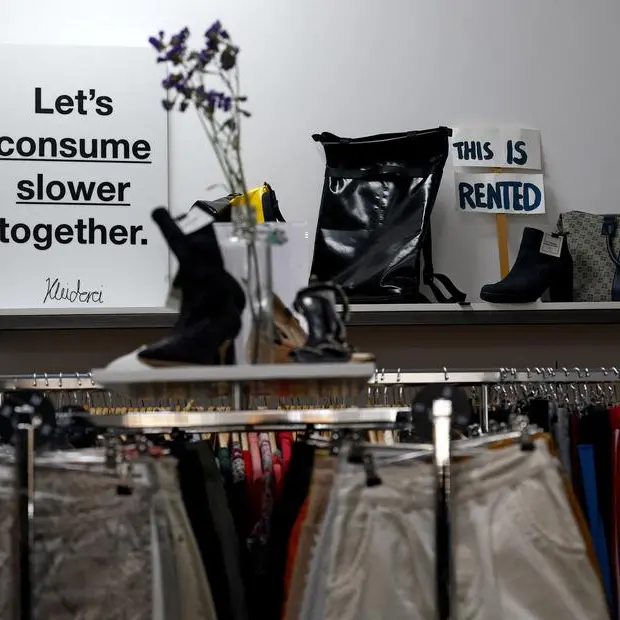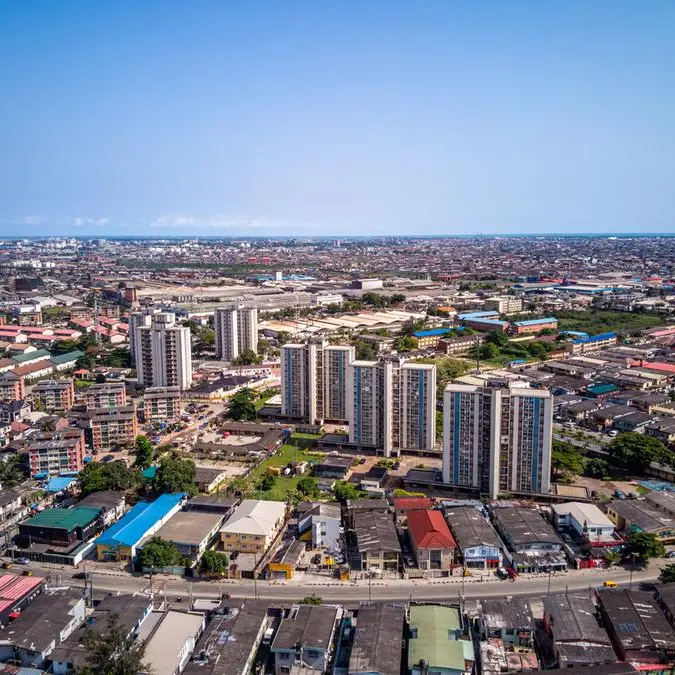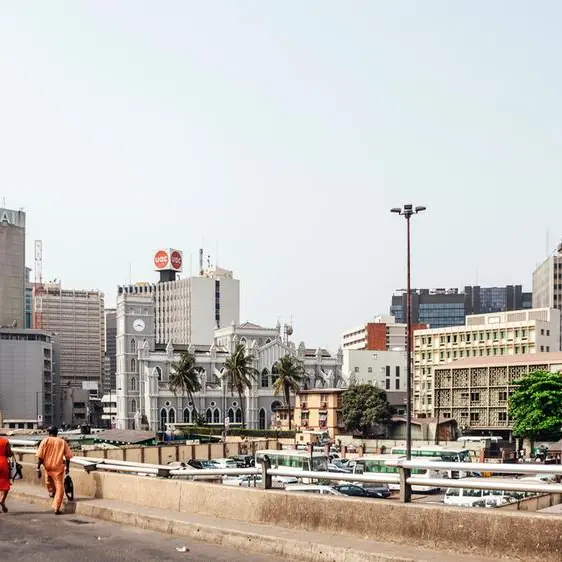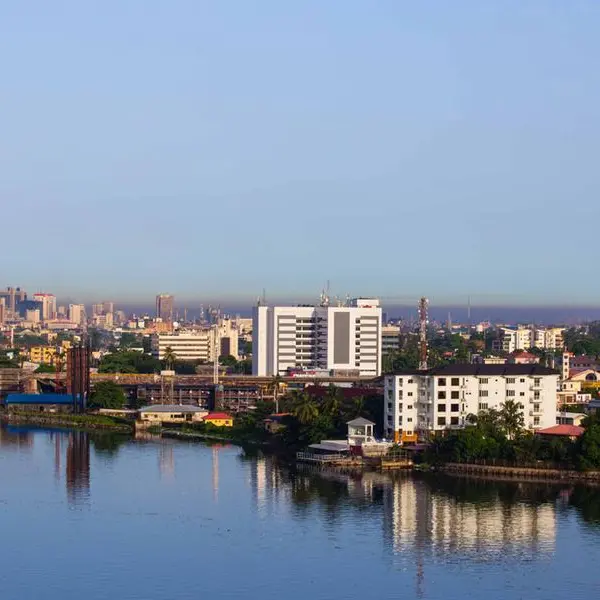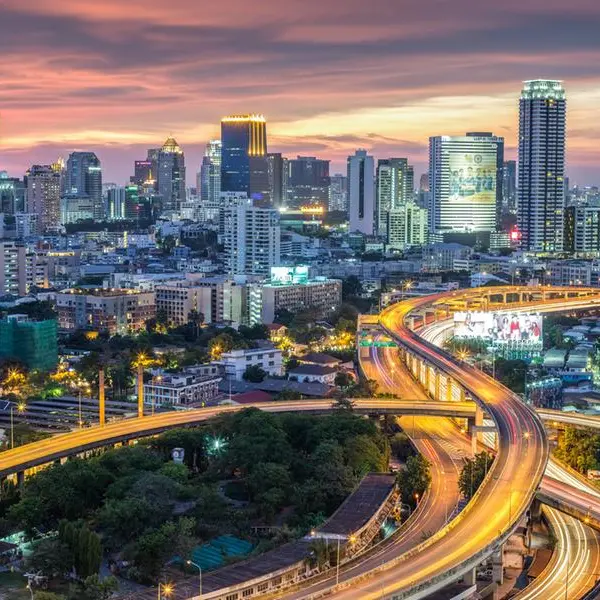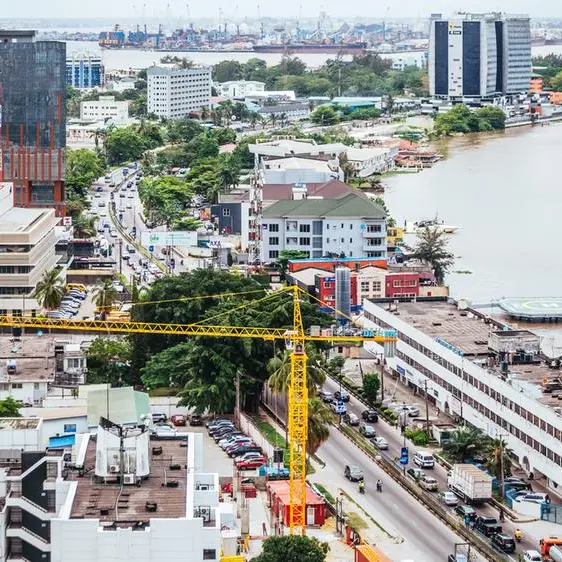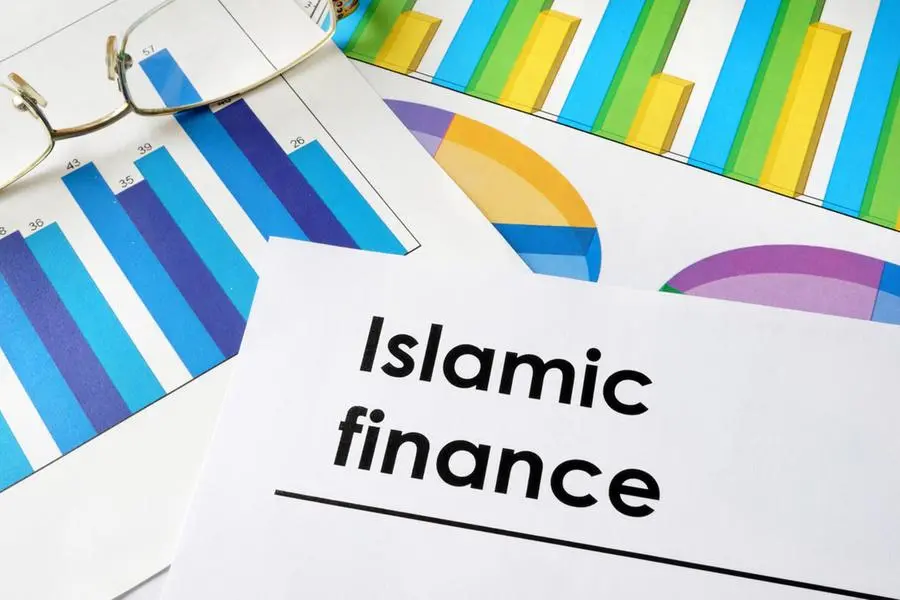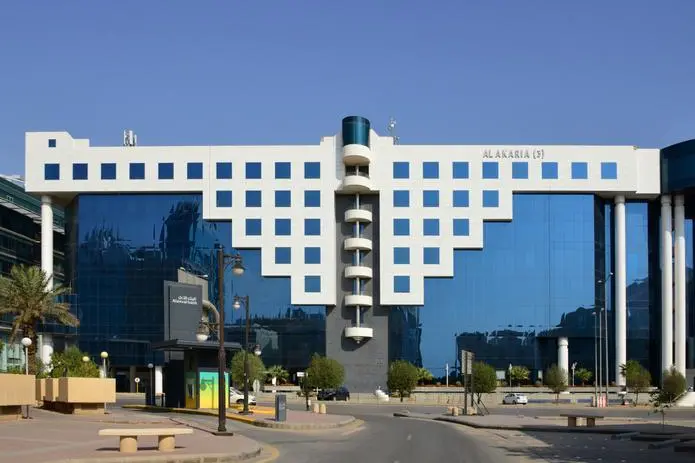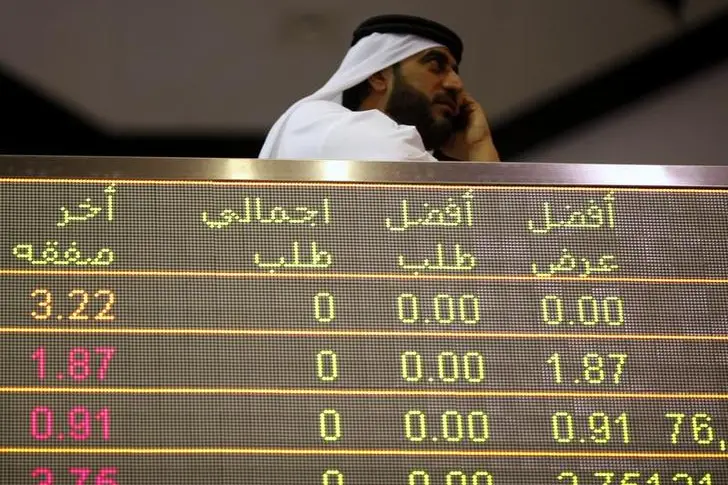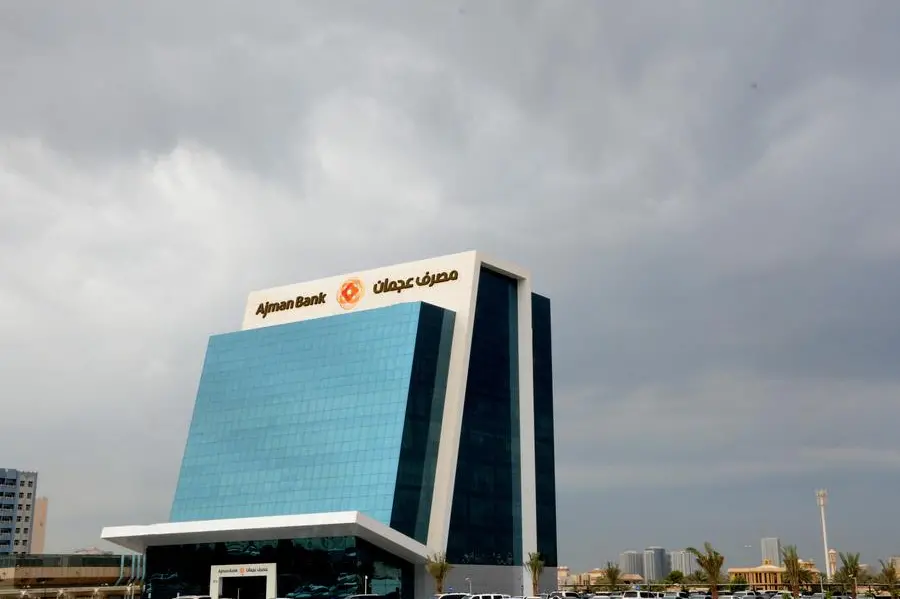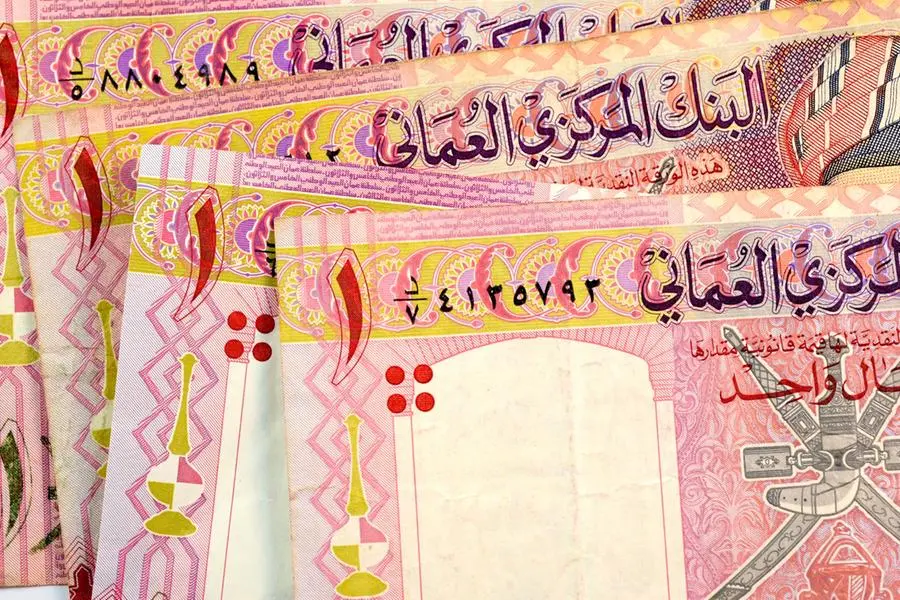PHOTO
FILE PHOTO: Women prepare cocoa beans next to a warehouse in Soubre, Ivory Coast January 9, 2021. REUTERS/Luc Gnago/File Photo
ABIDJAN - Light rainfall in most of Ivory Coast's western and southern cocoa regions last week was good for the development of the April-to-September mid-crop, while a lack of precipitation in central regions raised quality fears, farmers said on Monday.
Ivory Coast, the world's top cocoa producer, is in its dry season which runs from mid-November to March, when rains are poor and scarce.
Most farmers in cocoa regions said plenty of pods would be harvested until January, after which the October-to-March main crop would start to tail off.
Farmers in the central regions said the intensity of the northerly Harmattan wind, which brings dust off the Sahara Desert, was rising but was not yet harming crops. They said a light Harmattan until the end of the month would stop beans from becoming too acidic.
In the western region of Soubre, in the southern region of Divo and in the eastern region of Abengourou, where rains were below average, and in the southern region of Agboville, where rains were above average, farmers said they were happy as there was enough rain to develop the mid-crop.
"There is enough water to help the flowers and pods develop," said Anatole Gbede, who farms near Agboville, where 10 millimetres (mm) of rain fell last week, 0.9 mm above the five-year average.
In the centre-western region of Daloa and in the central region of Yamoussoukro, where no rain fell last week, and in the central region of Bongouanou, where the rainfall was poor, farmers said more soil moisture was needed.
"Grinders are starting to complain about the level of acidity. If it doesn't rain more, buyers will start to reject deliveries from January, said Remi Assohoun, who farms near Bongouanou, where 0.4 mm fell last week, 2.6 mm below average.
Average temperatures ranged from 27.2-29 degrees Celsius in Ivory Coast last week.
(Reporting by Loucoumane Coulibaly; Editing by Edward McAllister and Krishna Chandra Eluri)
